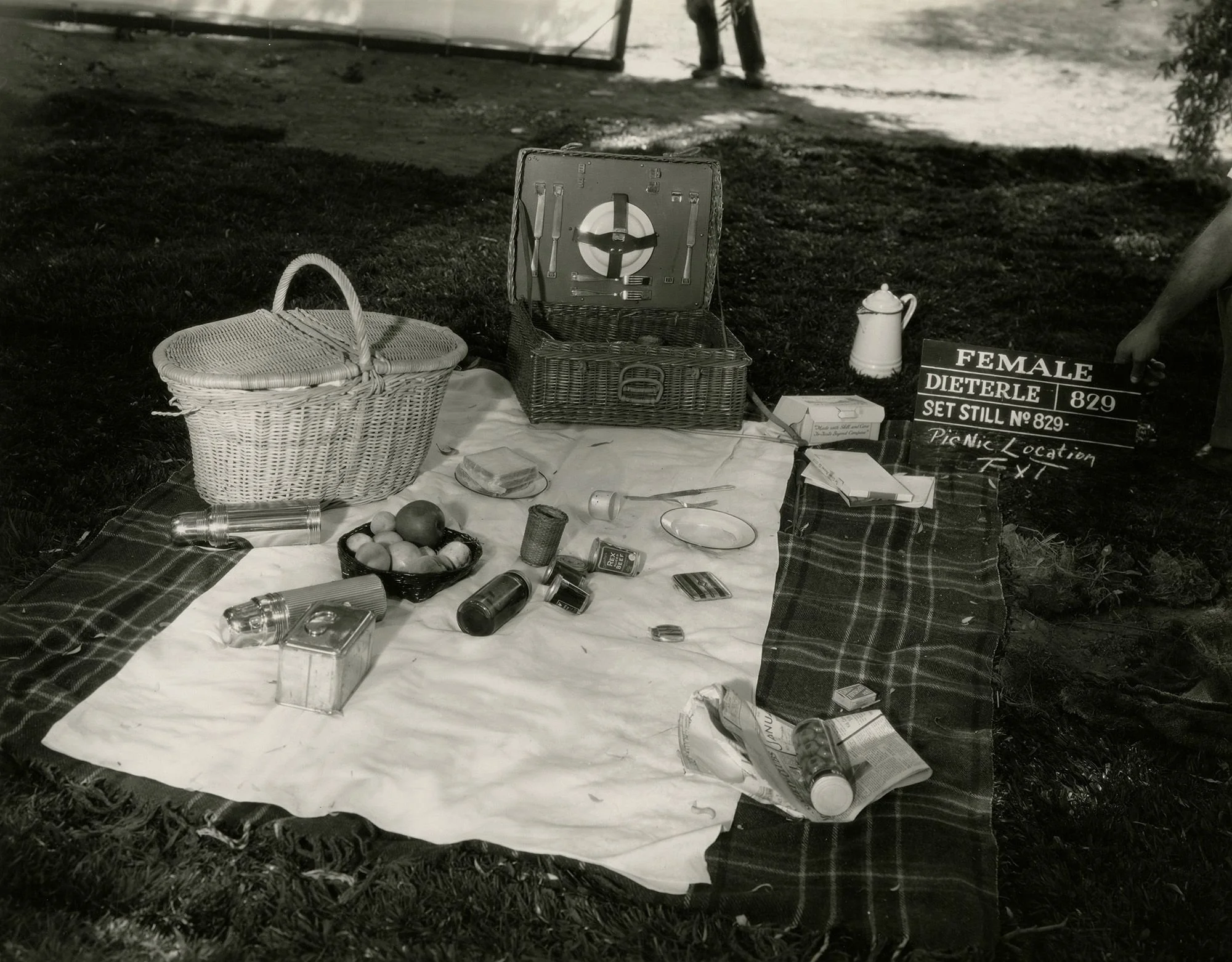Robert Cumming Very Pictorial Conceptual Art | David Campany
Front Cover ©Robert Cumming
Written By Madeline Lerner
Photo edited by Max Amos-Flom
It is rare that a photographer can create a genre that is almost all their own. Robert Cumming has created spectacular pieces that strike a deep chord of contemplation, yet they retain an elusive quality, making it difficult to discern the true meaning. In Very Pictorial Conceptual Art, David Campany reviews the impactful artworks that Robert Cumming produced around the 1970s. Through this astute review, Campany takes us through the major influences of some of Cumming’s most impactful work, providing us with a comprehensive interpretation of how he pioneered his own distinctive artistic style.
Untitled ©Robert Cumming - Courtesy of The Robert Cumming Archive LLC
Beginning his career as a sculptor, Cumming knew what it took to make art that was structurally imaginative and spatially cognizant. His sculptures don’t merely exist but constantly interact with their surroundings, giving these creations more depth beyond their material components. After he found that taking photos of these sculptures was more appealing than making the sculptures themselves, he shifted his focus. However, his former skills did remain important as his sculptures continued to star in most of his photography.
10 Unique Article A's ©Robert Cumming - Courtesy of The Robert Cumming Archive LLC
As Campany writes, most of Cumming’s work was very intentional and planned out, often trying to convey some sort of message. His work was a laborious, methodical preparation akin to a scientific endeavor, transforming him into more than just a photographer; he became an engineer, architect, and blacksmith. The outcome typically involved a scrutiny of his unique subjects and settings. His meticulous use of lighting and skillful camera work reveals the absurdity he captures. The photos are paradoxically leaning towards the absurd while still remaining relatively rational. They can be deeply meaningful while appearing nonsensical. Somehow, Cumming has maintained that fine line of having what Campany describes as “the absurd and the profound [being] natural companions.”
67-Degree Body Arc off Circle Centre ©Robert Cumming - Courtesy of The Robert Cumming Archive LLC
In his image “Elementary Sculptures of Wood,” artfully crafted wooden sculptures are arranged on a series of steps. They are illuminated by a brightly focused spotlight, conjuring a sense of drama and intrigue reminiscent of the theater. Indeed, much of Cumming’s work was influenced by set photography from 1970s Hollywood. As Campany notes, set photographers took “realist pictures of fake worlds,” and Robert’s work bent towards that artificially constructed scene style. While Cumming’s photos contained otherworldly creations, they were usually backdropped by everyday places like the home or a school. Later, it was when he further explored his interest in cinema in his series “Studio Still Lifes,” that the scenes became more dramatic.
Elementary Sculptures of Wood ©Robert Cumming - Courtesy of The Robert Cumming Archive LLC
His photos are playful, appearing to either have deep meaning or absolutely none at all. Campany writes, “Cumming’s arcane, hyperreal world has a calculated procedure and consciousness all its own. Everything is laid bare but mystery remains.” As he says, “You can describe them to death and you’re ultimately just not closer to what they’re really about.” David Campany has acutely identified the ways in which Robert Cumming both found his way into recognized absurdist genres, as well as made one entirely his own.
Back Cover ©Robert Cumming













